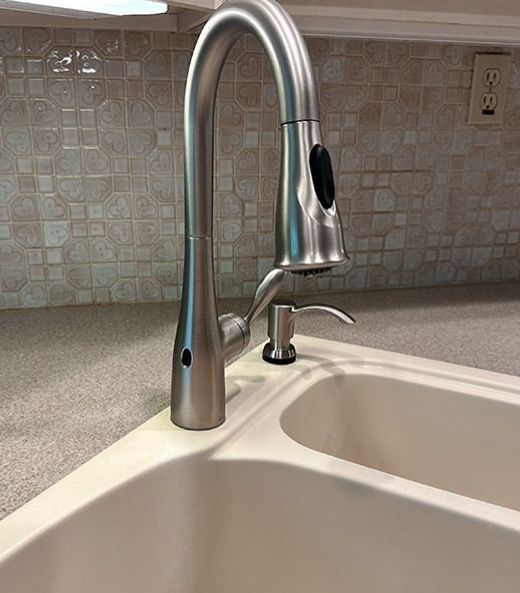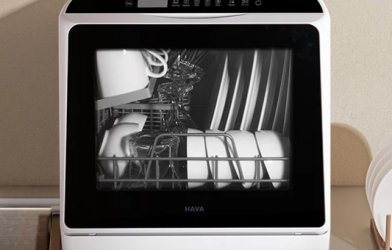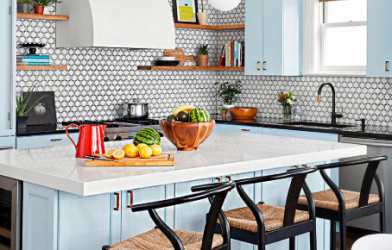Subtotal $0.00
In today’s world, sensor faucets are becoming a popular choice for kitchens due to their ability to improve convenience, water conservation, and hygiene. With advancements in technology, these faucets have become more affordable, making them an excellent option for homeowners who want to enhance their kitchen experience. This article delves into the benefits of affordable sensor faucets, how they promote hygiene, and what types are available, including kitchen, health, and wall-mounted faucets.
What Are Sensor Faucets and Why Should You Consider Them?
Sensor faucets operate through motion-sensor technology, automatically turning the water on and off based on detected movement. This hands-free functionality not only adds convenience but also minimizes the spread of germs, making them ideal for maintaining hygiene in the kitchen. Additionally, they are highly efficient, using less water compared to traditional faucets.
In the kitchen, these faucets reduce the need to touch handles, which is particularly beneficial when your hands are dirty from preparing food. As a result, they help create a cleaner environment while offering a more sustainable solution by conserving water.
Key Benefits of Sensor Faucets for the Kitchen
Improved Hygiene: One of the primary reasons to install a sensor faucet is the improvement in hygiene. Traditional faucets can transfer bacteria or germs through manual operation. With a sensor faucet, the water flows only when it detects motion, eliminating the need to touch the faucet after handling raw ingredients or cleaning. This helps reduce the risk of cross-contamination in the kitchen.
Water Conservation: These faucets are designed to save water by automatically shutting off when not in use. This feature prevents unnecessary water wastage and is perfect for homeowners who want to cut down on their water bills while also contributing to environmental conservation.
Convenience: Whether your hands are full or covered in food residues, sensor faucets provide unmatched convenience. With no need to touch the faucet, you can easily wash vegetables, clean dishes, or rinse ingredients with ease, all without making contact with the faucet.
Durability and Longevity: Modern sensor faucets are built to withstand the demands of a busy kitchen. With fewer moving parts compared to traditional faucets, they often last longer and require less maintenance.
How to Choose the Right Sensor Faucet for Your Kitchen
When selecting a sensor faucet, it’s important to consider factors such as style, functionality, and price. Here are a few options to explore:
Wall-Mounted Faucets: Ideal for kitchens with limited counter space, wall-mounted faucets are installed directly on the wall, freeing up valuable space around your sink. They offer the same benefits as other sensor faucets but with the added advantage of a sleek, modern look.
Sink Faucets: Sink-mounted faucets are a common choice and come in various styles, from classic to contemporary. These are often more affordable and can easily upgrade your existing setup without major renovations.
Dutch Faucets: Known for their distinctive high-arc design and pull-down spouts, Dutch faucets combine style with versatility. When equipped with sensor technology, they offer excellent functionality and are perfect for modern kitchens.
How Affordable Are Sensor Faucets?
Thanks to technological advancements and increased competition among manufacturers, sensor faucets are now more affordable than ever. Prices vary depending on the features, materials, and design of the faucet, but affordable options are available for most budgets. For homeowners looking for a reliable yet budget-friendly sensor faucet, there are plenty of options that don’t compromise on quality.
Brands now offer sensor-equipped kitchen faucets at prices comparable to traditional models, making it easier for homeowners to make the switch to more efficient and hygienic faucets without breaking the bank.
Installation and Maintenance of Sensor Faucets
Installing a sensor faucet depends on the type of faucet you choose. Wall-mounted faucets typically require additional plumbing work, so it’s advisable to hire a professional for proper installation. Sink-mounted models are easier to install and generally come with clear instructions.
Most sensor faucets either use batteries or need to be connected to a power source. It’s important to ensure a proper installation to ensure the faucet operates efficiently.
In terms of maintenance, sensor faucets require minimal upkeep. Regular cleaning is necessary to remove any dust or grease, and if the faucet is battery-operated, replacing the batteries periodically will keep it functioning properly. It’s also a good idea to check for leaks around the faucet or sensor mechanism to prevent any water damage.
Are Sensor Faucets Right for Your Kitchen?
Sensor faucets are an excellent choice for most kitchens, particularly for those who prioritize hygiene, water efficiency, and convenience. They’re especially beneficial for families with children, as they help reduce water wastage by automatically turning off. However, if you prefer a more traditional manual faucet or want a faucet that matches a classic kitchen design, there are still many sensor faucet options available that blend seamlessly with traditional aesthetics.
Beyond the Kitchen: Health Faucets for the Bathroom
Sensor faucets aren’t just for the kitchen. They’re also becoming increasingly popular in bathrooms, where they are used as health faucets. These faucets are perfect for enhancing hygiene, reducing the need for contact, and providing a cleaner, more sanitary experience. Health faucets are often used in conjunction with health faucet pipes to control the flow of water effectively.
The price of health faucets is often quite reasonable, making them an affordable upgrade for many homes. Whether you’re upgrading your kitchen or bathroom, sensor faucets provide a modern, hygienic solution.
Why Choose a Sensor Faucet?
Investing in a sensor faucet for your kitchen isn’t just about convenience—it’s about improving the overall cleanliness of your home and conserving water. With so many affordable options available, upgrading to a sensor faucet is now within reach for many homeowners. Additionally, sensor faucets are not limited to the kitchen; they are gaining popularity in bathrooms, further enhancing hygiene and ease of use throughout the home.












